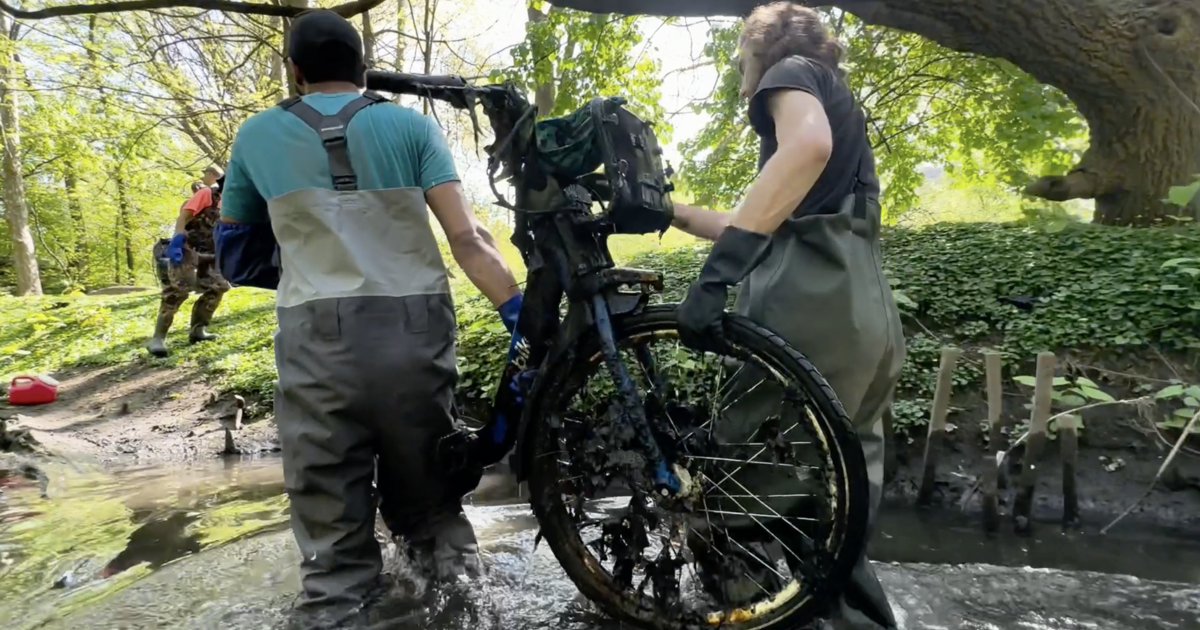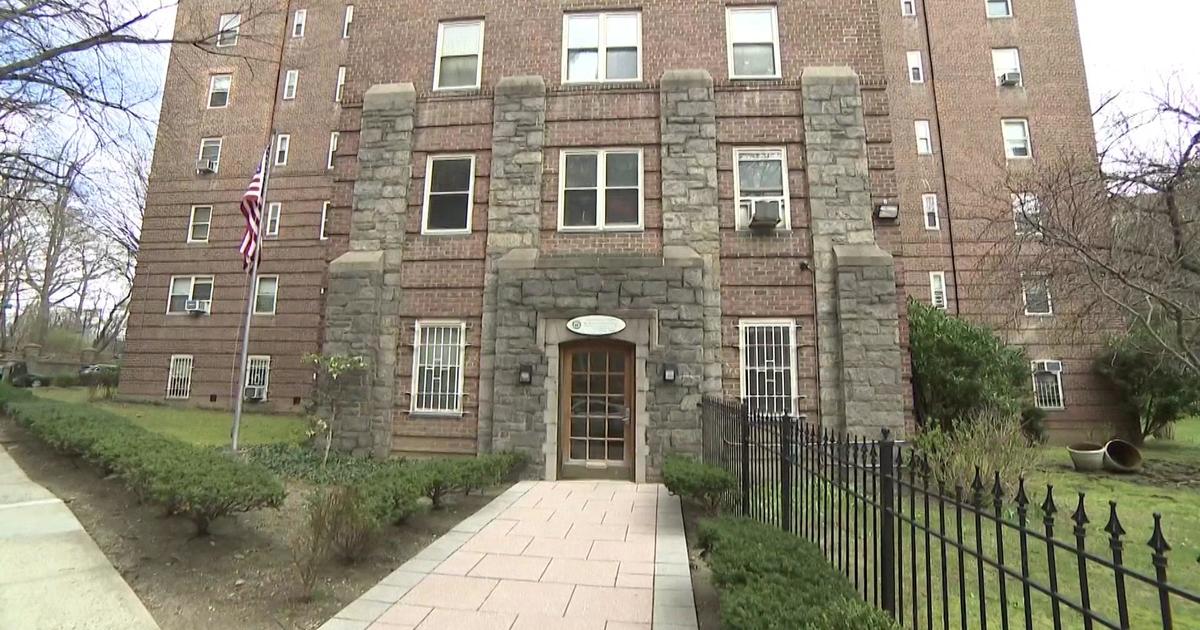Activists say tens of thousands of dead fish were spotted in Gowanus Canal
NEW YORK -- The stench of dead and rotting fish has hung in the air for weeks.
"It was putrid and it still is," said Joan Salome-Rodriguez, a longtime Gowanus resident. "It smells all the way up to Henry street. It smells in Industry City."
Photos taken in July captured a sea of fishy carcasses floating in the water.
"It was tens of thousands of dead fish," said Gary Francis, captain of the Gowanus Dredgers Canoe Club.
Activists like Francis believe the marine die-off was caused by days of heavy rainfall in July, which caused sewers to overflow into nearby waterways.
"We're starting to experience stronger thunderstorms, wetter summers," he said. "We had a run of rain events that has made the canal as bad as I've ever seen it."
Water testing conducted by folks from the Billion Oyster Project in recent weeks showed very low dissolved oxygen and high levels of fecal-eating bacteria.
"Algae like to eat it. They bloom and then they die and they decay. But the organic matter will also decay. And when that happens, it uses oxygen from the water and that oxygen is consumed and then the oxygen that the other animals can use to breathe is gone," explained Dr. Anna Weiss, community science program manager at the Billion Oyster Project.
Earlier this year, officials broke ground on two new sewage holding tanks along the Gowanus to address sewer overflow.
"These tanks and the improved drainage and pumping infrastructure around it would keep the Gowanus Canal cleaner," Mayor Eric Adams said at the time.
The tanks will have the capacity to prevent 12 million gallons of sewage from overflowing into the canal during rainstorms and will cost about $1.6 billion. The problem is, both are expected to be completed by 2030.
Activists say another likely cause is the shutoff of the Flushing tunnel, which brings clean water into the canal. It was turned off for the ongoing EPA superfund cleanup.
"A great solution would be to try and introduce dissolved oxygen via the tunnel in some way that didn't affect the remediation work," Francis said.
The Environmental Protection Agency, which oversees the cleanup, said multiple factors may have contributed to the die-off.
But a spokesperson from the city's Department of Environmental Protection said fish kills are common, and doesn't think this was directly impacted by sewage overflow.
Have a story idea or tip in Brooklyn? Email Hannah by CLICKING HERE.



